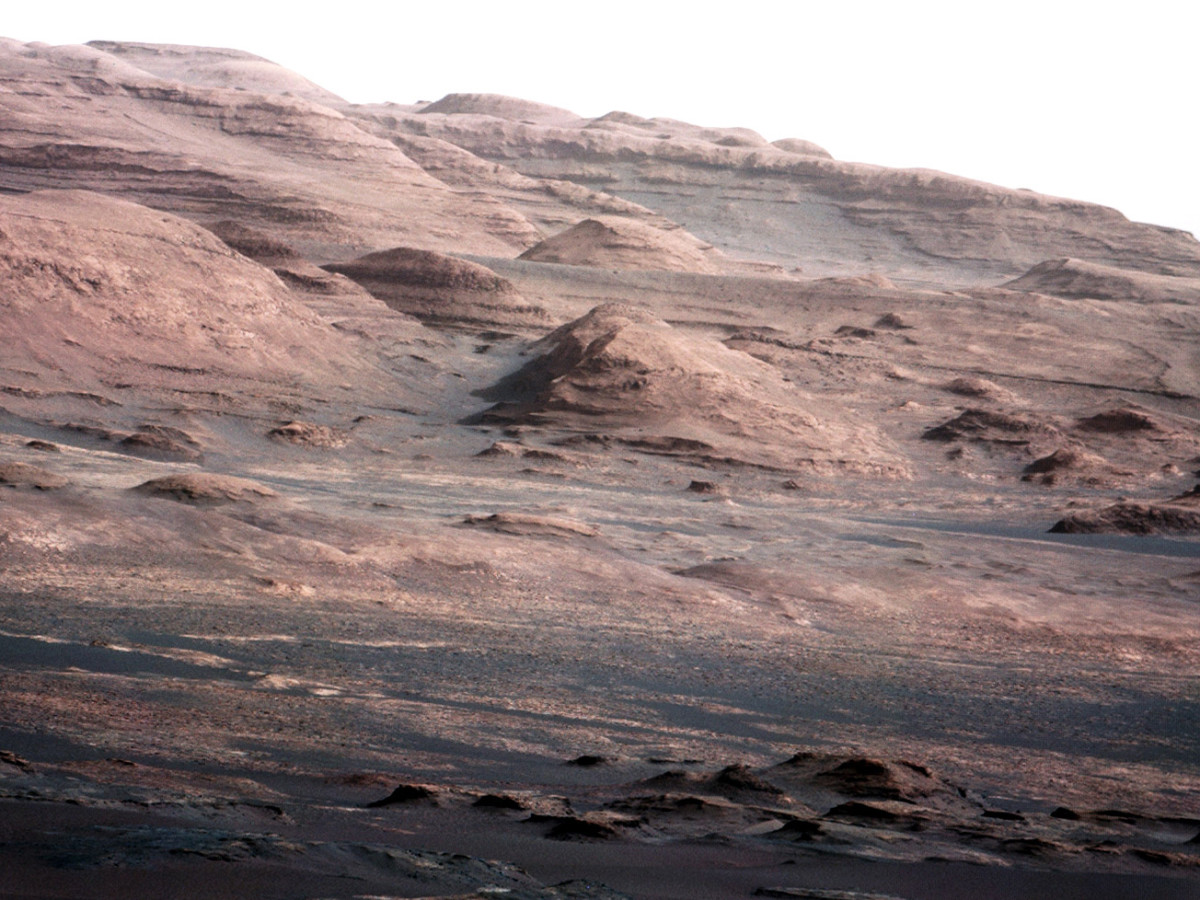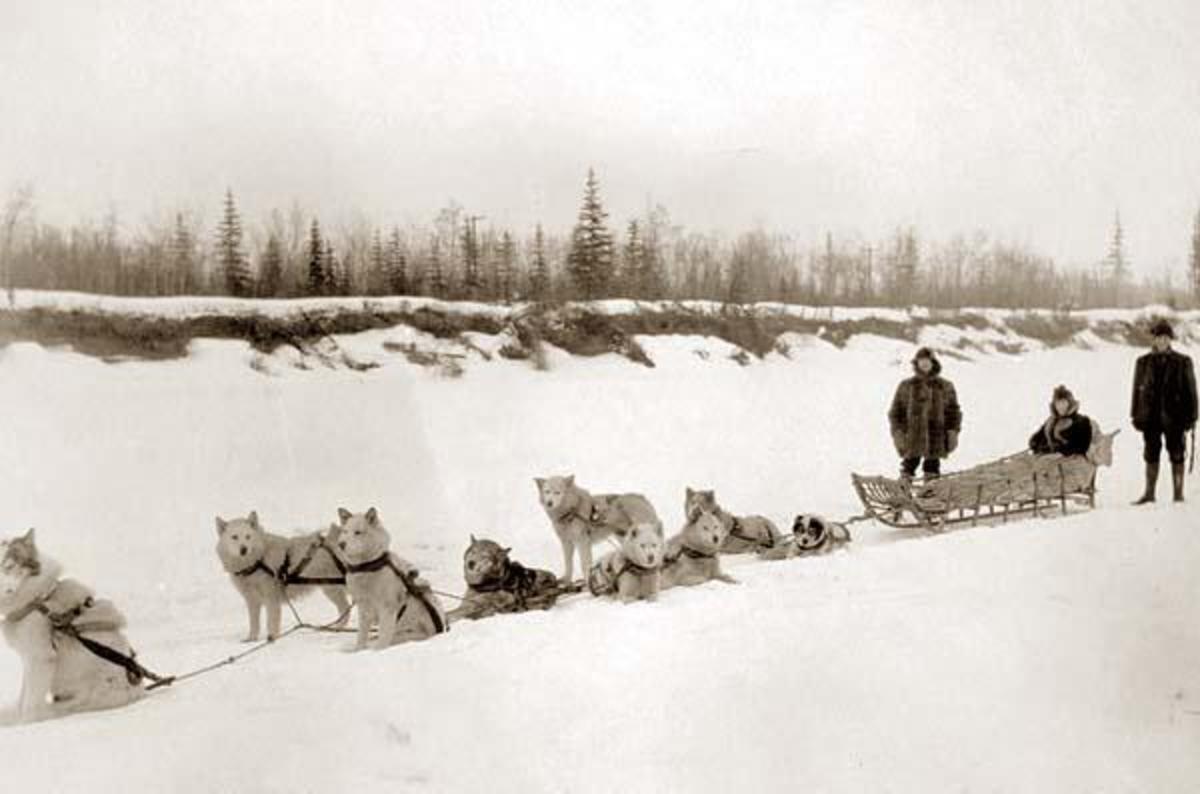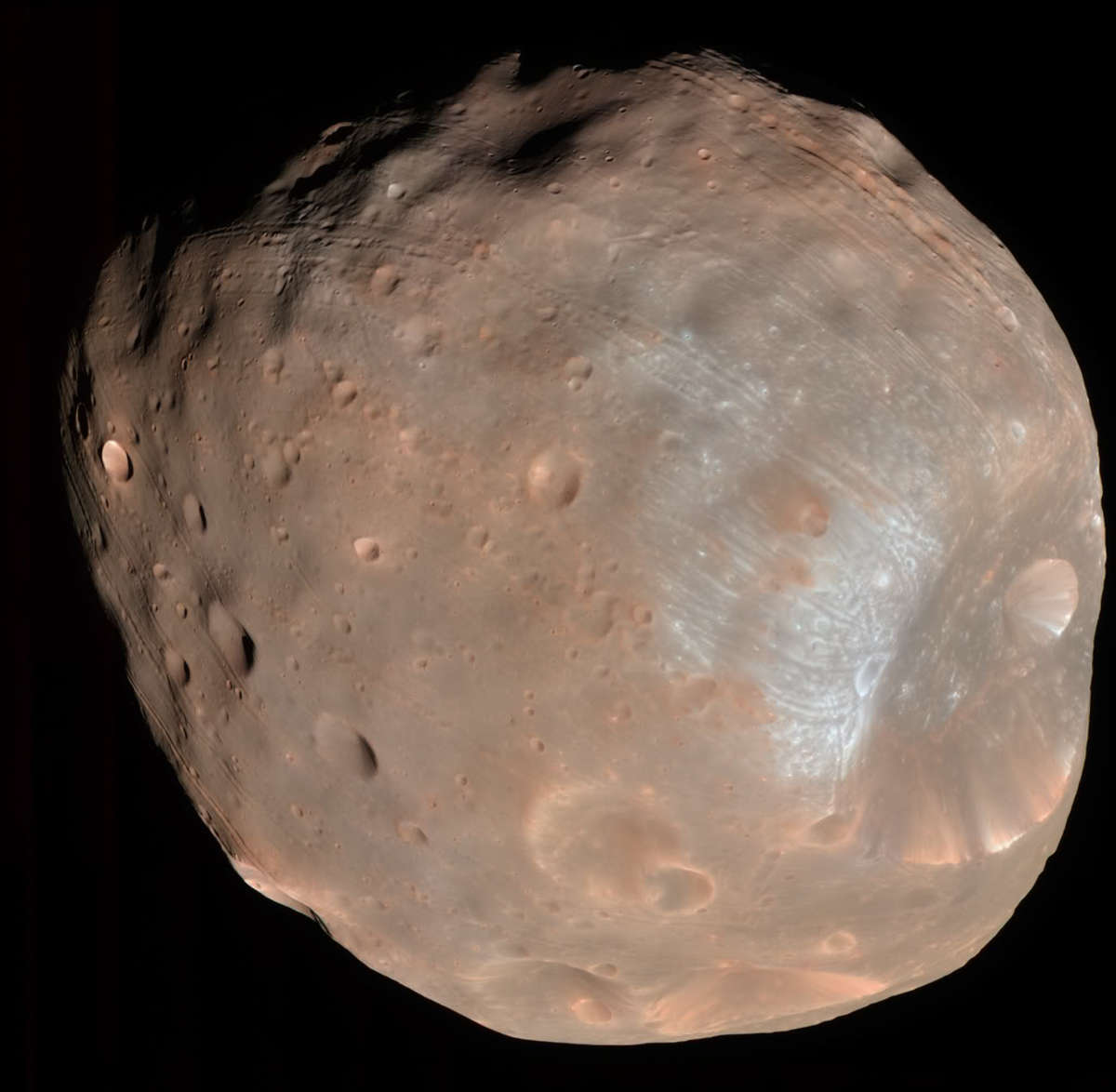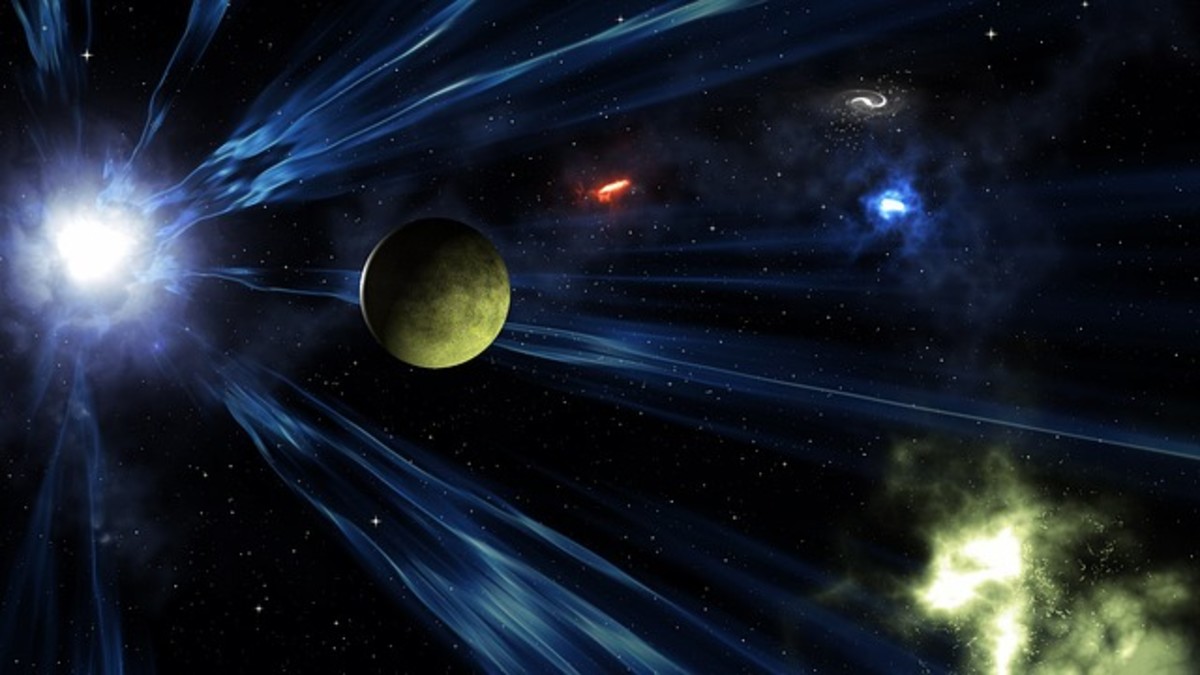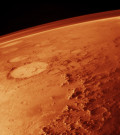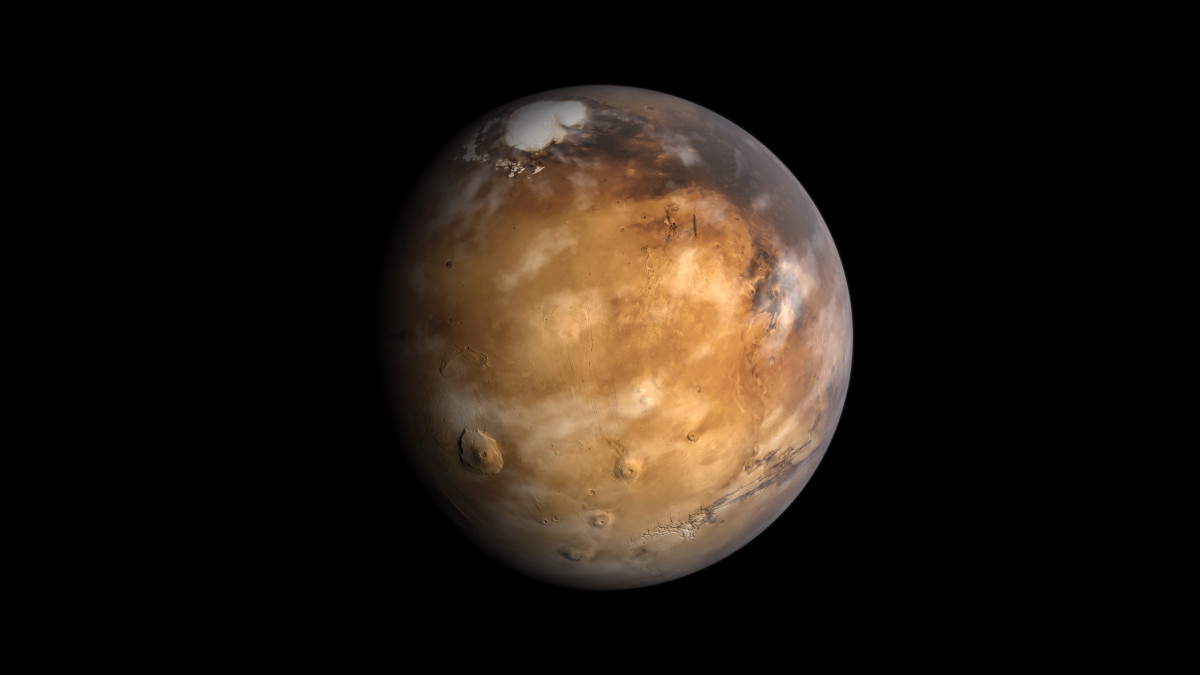Driving Curiosity on the Planet Mars
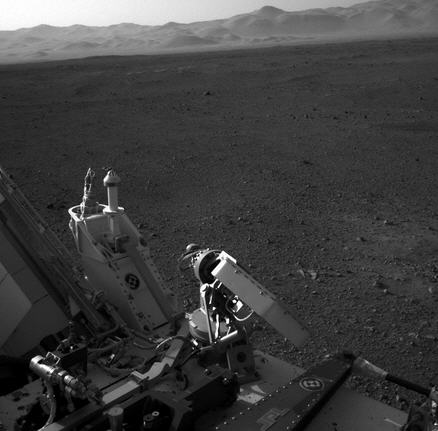
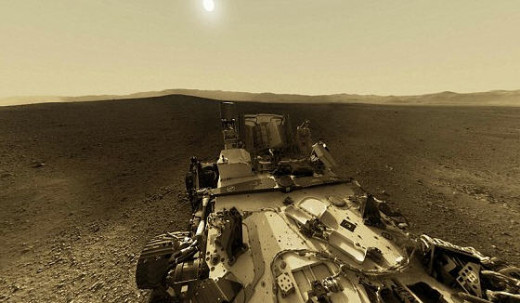
For the NASA Curiosity Mars Rover team of six, a day at the office in Pasadena, CA., begins at home. Most rise at 0530 or 0600, throw on some jeans and T-shirt, eat, read the paper, take care of kids and take them to school. Upon arriving at the office, they focus on driving the $2.5 billion rover VERY carefully. Curiosity has six wheels and plutonium driven.
To drive the rover is nothing like a car. It has no joystick nor accelerator and the team instead enters hundreds of computer commands during the Martian night, which are then transmitted via radio. There is no real time driving but delayed. Once the commands are sent, the team goes home. It takes all day to enter the commands. The NASA office looks like any business office or IT office with small cubicles, a pantry of snacks. The Mars team is on floor six, while the Jupiter team is on seven, which is being planned. The drivers work on Mars time on a daily basis, which is about 40 minutes longer each day than on Earth. Morning on Earth is night on Mars and the drivers feel jet lag all the time, they never recover every three days.
The Mars rover has a rigid schedule and sends NASA a report at 1600 Mars time, which is 1344 Pacific Time, regarding a recent drive. The staff has 15 min. to determine if everything went well and begin planning for the next day's drive. The drivers drive blind at a pace of 30 ft. a day. Once a route plan is created, the team puts on their 3D glasses and look at photos of the area for danger areas. If the route seems fine, that is when the hundreds of commands are entered and sent. The Mars rover moves in centimeters, not feet, it is a horribly slow process. Sometimes, the command entered is a typo or wrong and the Rover responds with a question mark. The commands need to re-entered again and sent. Communication between NASA and Curiosity takes 15 min. time per command, so hundreds of commands require considerable time.

